What Is Bone Swelling?
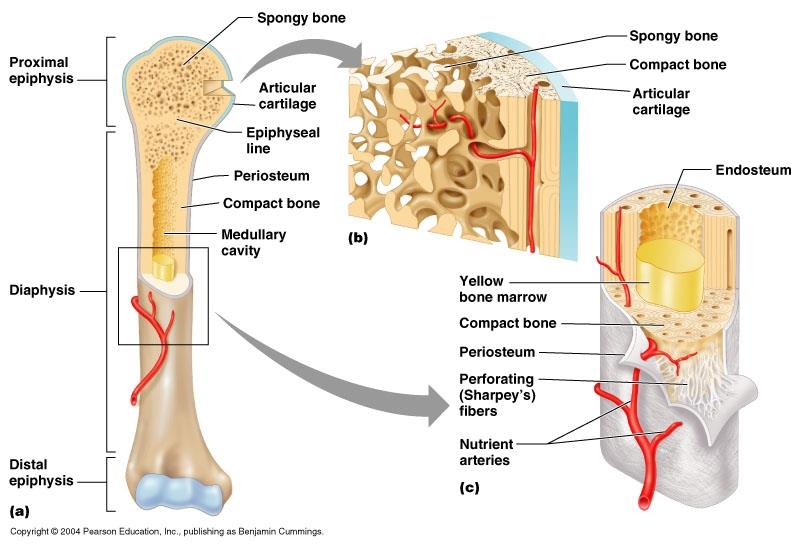
Since bones are made of a dense, hard material on the exterior, most bone swelling occurs around the bone or in the joint spaces connecting one bone to another.
Swelling due to excessive fluid, however, can occur inside the flexible material located in the center of the bone called the bone marrow. Bone marrow edema is an instance where there is an excess of fluid inside the bone itself.
Bone swelling is a condition of inflammation marked by an increase of fluid buildup and pain in and around a bone. Swelling can also occur inside the centre of the bone called the bone marrow.
What causes bone swelling?
-
Injury
Injury such as a blow to the bone can cause bone contusion or bruise or a fracture. A break or fracture of the bone can cause swelling either of the surrounding area or of the bone marrow if bacteria gains entrance through the fracture.
-
Infection
Bone infection or osteomyelitis can cause bone swelling. Bone infections can occur not only from bone fracture but also from general infection processes such as pneumonia or urinary tract infections, where bacteria travel through blood stream and invade the bones.
-
Degenerative diseases
Rheumatoid arthritis can cause bone swelling
-
Autoimmune diseases
Systemic Lupus Erythematosus
-
Cancers
Cancer of the bone or osteosarcoma and cancer of the cartilage surrounding the bone (osteochondroma) can produce bone swelling.
What are the symptoms of bone swelling?
Bone swelling are characterized by puffiness and pain of skin and tissues overlying the bone It may be red and warm to touch and mobility may be limited. When the condition worsens, you may not to be to move the joint or the body parts involved The protective response of swelling helps guard the injured area from further damage and aids in the healing process.
If the bone swelling is caused by an infection, fever, chills and nausea may accompany it.
What is the treatment of bone swelling?
The treatment of bone swelling depends on the cause. When it is due to injury, rest, compression with ice and immobility with the use of compression bandage may relieve the symptoms.
If due to infection, treatment with antibiotic will eradicate the infection. In severe cases, bone swelling may need draining of the fluid to avoid further damage to the joint and bone.
What are the common conditions of bone swelling in adolescent?
-
Osgood-Schlatter Disease
Active teenagers may presented with knee pain and swelling. It occurs in teenagers who regularly participate in sports or lift weights. Osgood-Schlatter causes a tender bump to appear under the knee at the top of the shinbone.
Osgood-Schlatter Disease is caused by inflammation of the bone, cartilage and tendon at the top of shinbone (tibia) where the tendon from the kneecap (patella) attaches.Other symptoms may include:
-
Pain that worsens with exercise or activity
-
Relief of pain with rest
-
Swelling or tenderness under the knee and shinbone
-
Limping after exercise
-
Ttightness of the muscles surrounding the knee (the hamstring and quadriceps muscles)
Osgood-Schlatter disease typically disappears when growth of the knee bone is over. This is usually between 14 and 18 years. Until then, only the symptoms need treatment. Rest is the key to pain relief.
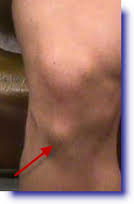
-
-
Bone Cancer
The most common type of bone cancer in teenagers is osteosarcoma. It tends to affect longer bones such as the tibia (bone of lower leg) and the bones in the upper leg and arms.
Pain and swelling in the limb is the most common symptom of bone cancer. The pain will gradually worsen at night and may cause a limp. Weight loss, fever and fatigue will occur simultaneously and the cancer can spreads to other organs.
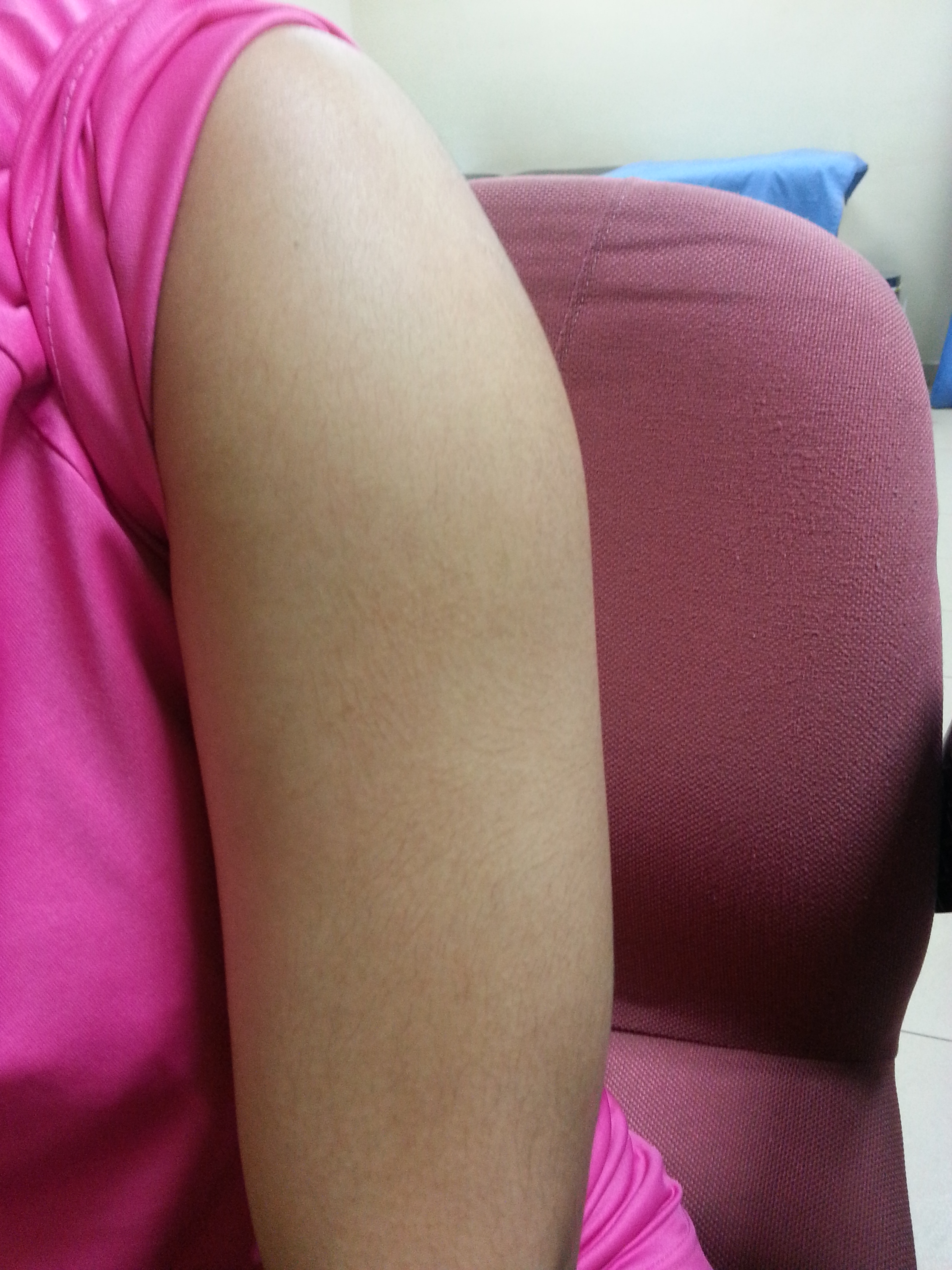
Bony swelling over left upper arm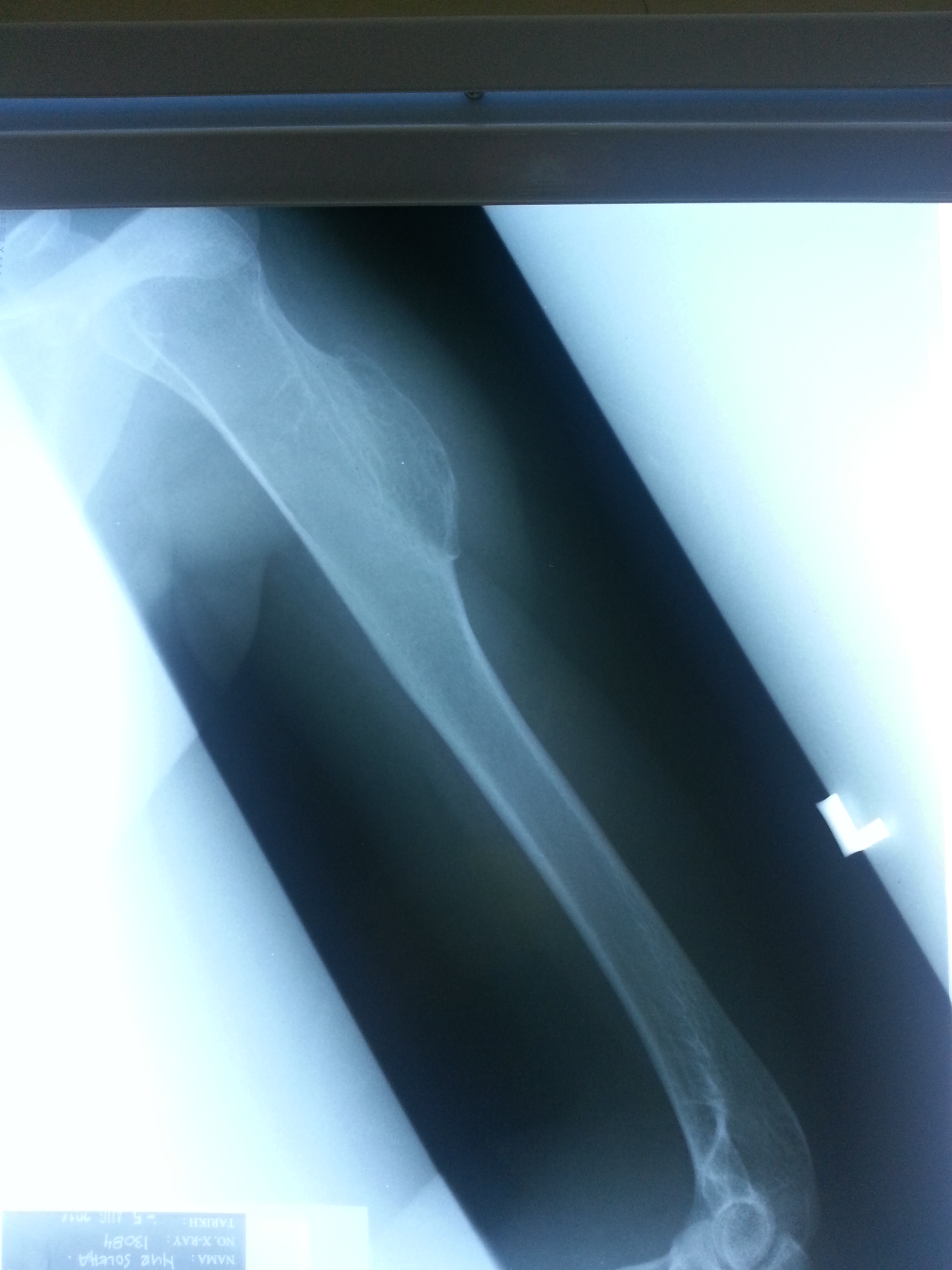
X-ray showed osteosarcoma of left humerus
-
Bone Fracture
Falls cause most of the fracture in teenagers and the most serious bone fractures usually is due to motor vehicle accidents.
Fractures are classified as “non-displaced,” when the broken ends are still in proper position, or “displaced,” when the ends are separated or out of alignment.
In an “open” or “compound” fracture, the bone sticks through the skin. If the skin is intact, the fracture is “closed”.
Fractures around the elbow often cause the arm to heal abnormally, resulting in a crooked position. Many require surgery to minimize this risk.
When there is fracture, usually there is bone swelling and you will be in pain and unable to move the injured limb. If you suspect a fracture, seek treatment immediately.
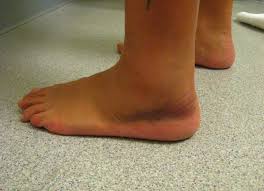
Fracture Left ankle
| Last Reviewed | : | 25 November 2014 |
| Writer | : | Dr. Wan Fadhilah bte. Wan Ismail |
| Accreditor | : | Dr. Hargeet Kaur A/P Basant Singh |







